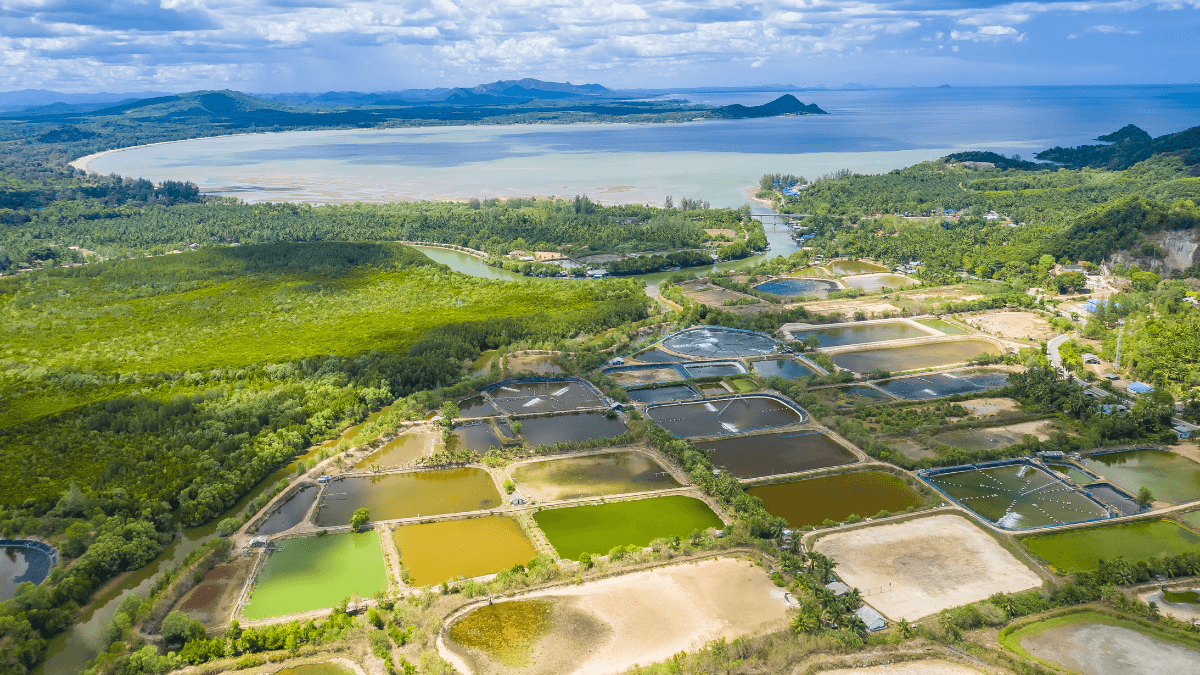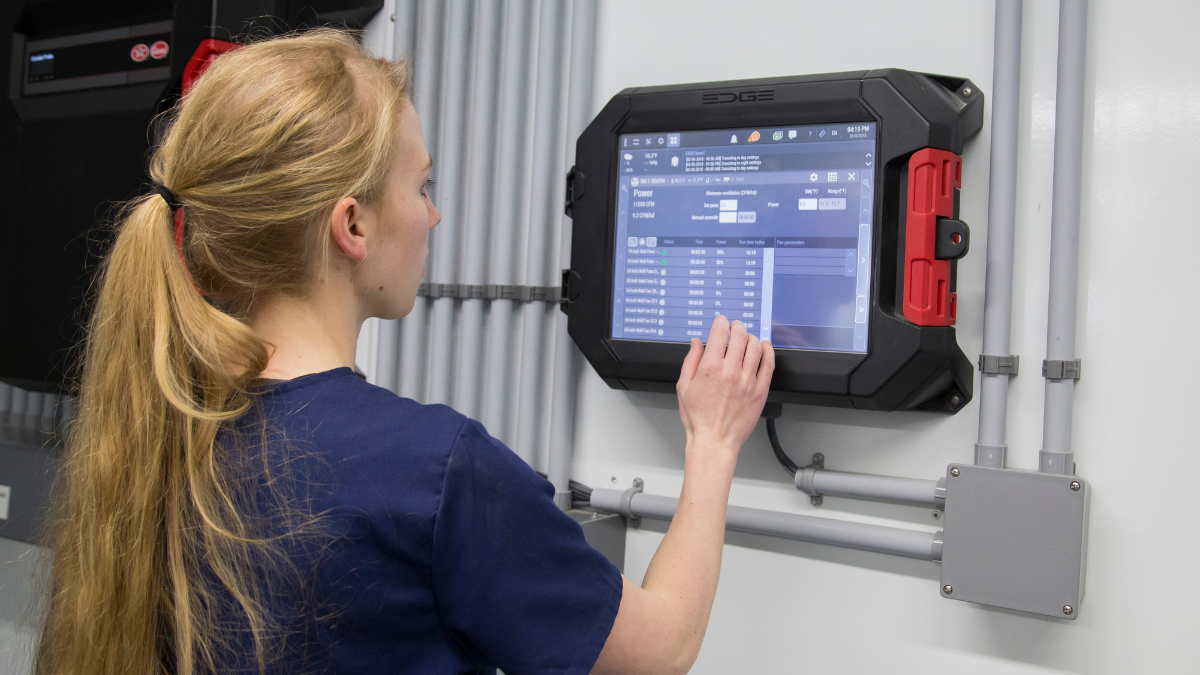Mycotoxins in pet food: Know the risks for dogs and cats
The threat of mycotoxins is nothing new to the companion animal industry. However, never before has it been so prevalent and public. Most recently, the reality of mycotoxins in pet food manifested in the death of more than 70 dogs and illness in 80 more in the U.S. due to aflatoxin poisoning. This led to a massive recall of pet food products after they were found to be the source of the issue (FDA, 2021).
Although pet food manufacturers have stringent quality and safety practices in place for choosing ingredients, even with strict testing procedures for mycotoxins in incoming materials and finished pet food, there can be challenges in knowing exactly what might be hiding in seemingly safe ingredients.
Grain processing, sampling error, analytical methods, synergistic interactions and storage conditions can all present challenges to the pet food manufacturer when trying to accurately detect mycotoxins. A disturbing event like this recent aflatoxin poisoning further emphasizes the need for grain and feed producers to know which mycotoxins they are most likely to encounter, what risks those mycotoxins bring to the table and how best to manage them.
What is aflatoxin?
Mycotoxins are substances that are produced by mold or fungus. Aflatoxin, specifically, is a metabolite produced by the greenish-yellow mold Aspergillus flavus (A. flavus) and comes in four different strains: B1, B2, G1 and G2. The most toxic of those, aflatoxin B1, is a carcinogen that can adversely impact liver function and immune response.
Where does aflatoxin appear?
A. flavus can grow in a temperature range of 54–118° F, with optimum growth at 98.6° F. Its moisture requirements are low, meaning just 13–13.2% is optimal for growth.
Aflatoxin is usually seen in corn, cottonseed, peanuts, almonds and their associated byproducts. For this reason, corn is one of the ingredients in dog food that poses the greatest risk to companion animals.
All of these crops are typically grown in the southern U.S., where the temperature and moisture are optimal year after year. However, in 2020, the August 25 Drought Monitor showed that these optimal conditions spread far to the north and east, into corn-growing regions.
A recent report in the results of the Alltech Summer Harvest Survey showed that this change in weather patterns has created an unusual situation in which aflatoxin is being detected at higher than normal levels in corn samples outside of the normal high-risk areas. This now presents a new set of challenges for pet food manufacturers to consider when purchasing ingredients.
A. flavus can infest the corn plant through the silks at pollination, affecting the grain, and via stalks and leaves damaged by insects and weather events, such as high winds and hail. Infestation can be field-wide but is more often pocketed in areas of greater plant stress. This can make it challenging to identify aflatoxin in corn grain, as it may only be present in a few kernels in a truckload. Therefore, when testing incoming ingredients for mycotoxins, multiple pooled samples are required to accurately identify the potential risk.
Stored corn needs to be dried to less than 14% moisture and closely monitored for mold growth and insect damage. Screening the grain going into and/or out of storage is a good practice to remove the damaged and cracked kernels that can be a primary source of not only aflatoxin but other mycotoxins as well.
In addition to the risk attached to raw whole grains, feed producers should be aware of the higher risk of concentrated levels of mycotoxins that can be present in processed cereal by products like bran which is often used in pet food.

Fig 1. U.S Drought Monitor highlighting the drier than normal conditions in north and eastern regions (August 25, 2020)
Mycotoxin symptoms in dogs
While no pet owner wants to think about the risk of mycotoxins, it is important to know what to watch for to ensure early action can be taken where necessary to alleviate the problem. One of the primary signs of pets ingesting food contaminated with mycotoxins is liver damage, this can occur from either acute or chronic exposure. Other typical symptoms of mycotoxin contamination in dogs include:
- Vomiting and loss of appetite
- Weight loss
- Lethargy
- Diarrhea
- A weakened immune system
- Respiratory illnesses
- Tremors
- Heart palpitations
- Jaundice
Aflatoxin is one of the most potent mycotoxins and a known carcinogenic, and long-term exposure can lead to death, causing devastation for pet owners and their families.
If your dog displays any of these clinical signs, it is important to visit the veterinarian as soon as possible. Take a picture of your dog food and the bag’s lot number for reference, as well.
What are the regulations regarding aflatoxin?
The Food and Drugs Administration (FDA) regulates aflatoxin in feedstuffs and feeds. The current regulatory limit for pets (dogs, cats, rabbits, etc.) is 20 parts per billion (ppb).
In 2020, not only did aflatoxin’s geographic landscape grow — it also impacted the total corn yield. Decreased yield will necessitate moving greater amounts of corn around the country, further increasing the potential risk with corn in dog food.
Mitigating the threat of mycotoxins
To identify, manage and mitigate the mycotoxin challenge in feed production and to counteract the effects of mycotoxins before pets can encounter them, feed producers are advised to have a robust mycotoxin management plan in place, that can assess and manage risk at each step in the supply chain. Modern, state-of-the-art testing, such as Alltech® 37+® and Alltech® RAPIREAD™, can help to detect the mycotoxin risk and allow for the necessary control steps to be put in place.
For pet owners, where practical, it is encouraged to ask the manufacturer questions about their mycotoxin testing program and mitigation plan.
With a joined-up approach to mycotoxin management, the pet food industry can help to avoid a repeat of the recent feed recalls, and families can rest assured that they will not have to face up to the sad reality of losing a beloved pet.
For more information, please speak to your local Alltech representative or visit knowmycotoxins.com.
I want to learn more about pet nutrition.

<script charset="utf-8" type="text/javascript" src="//js.hsforms.net/forms/v2-legacy.js"></script>
<![endif]--><script charset="utf-8" type="text/javascript" src="//js.hsforms.net/forms/v2.js"></script><script>
hbspt.forms.create({
portalId: "745395",
formId: "34900c17-cf14-428b-8f57-9c397e8175da"
});
</script>
Mycotoxins in pet food have unfortunately been brought into the limelight with recent events. The good news is that there are many solutions in place to mitigate that risk for our beloved companion animals.






























